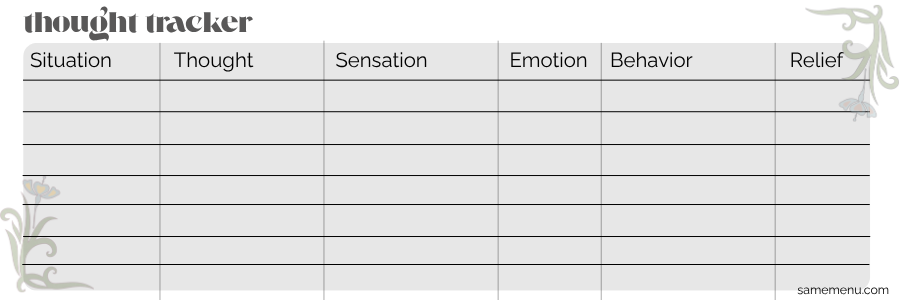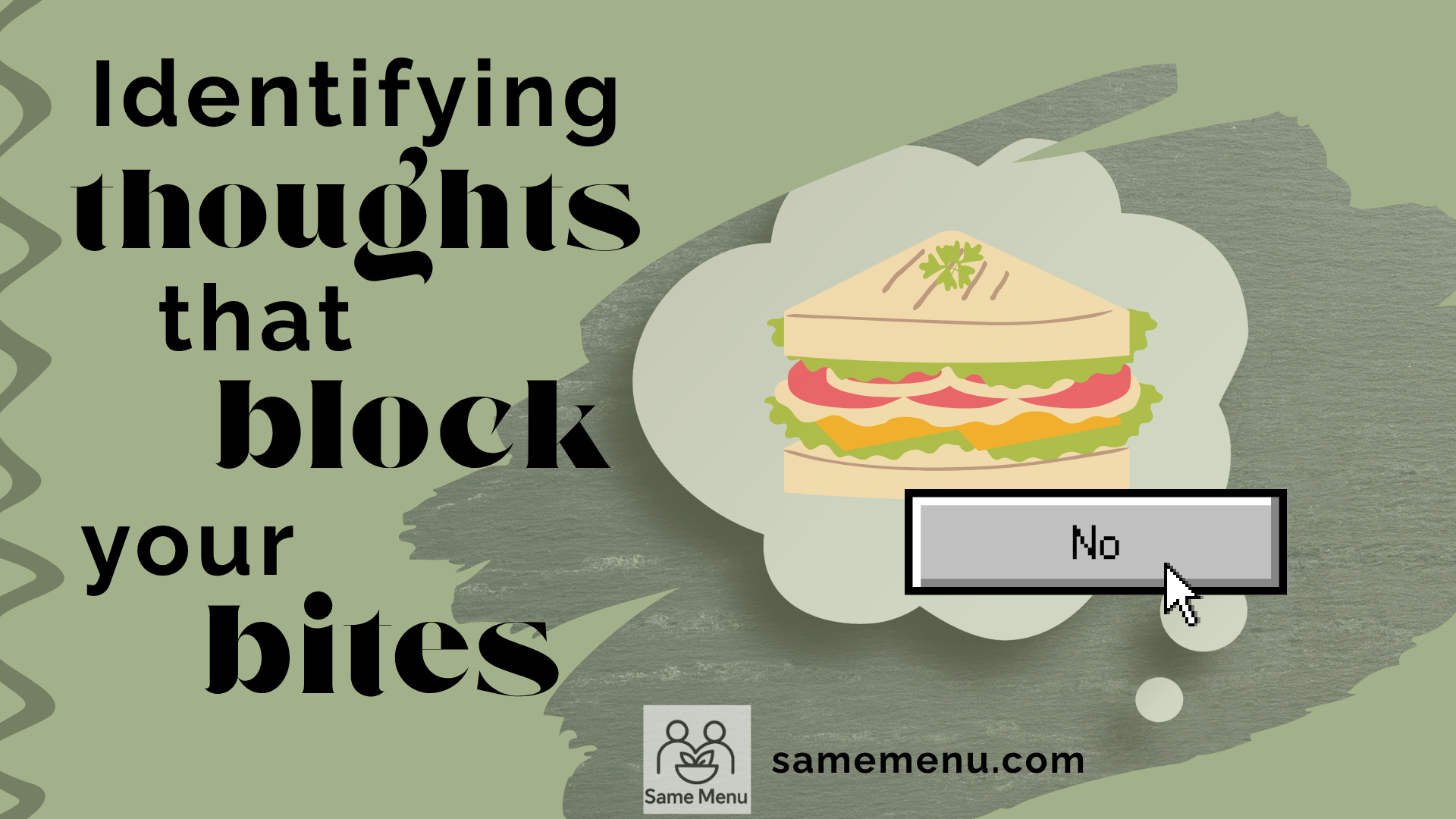It can feel like a betrayal from mind to body when swallowing, something you used to do automatically, has turned into something you have to think about. Many of the people I work with describe the same paradox:
“I know I can swallow… but when I try, it feels like my throat locks up.”
That’s pseudodysphagia: a fear based swallowing difficulty that isn’t caused by a physical obstruction, but that still feels exactly like challenge is right around the corner.
The swallow sits at the intersection of the voluntary (thinking, bracing, trying) and the involuntary (the reflexes of muscles, and timing that happens automatically). And that combination is exactly why it’s so confusing and so distressing.
Why Fear Changes the Way You Swallow
The swallow reflex is a finely tuned, semi-automatic process.
It’s controlled by your brainstem, not your conscious mind, and relies on muscle coordination between dozens of structures from your tongue to your diaphragm.
But anxiety recruits a completely different system; the one designed for threat detection.
The voluntary system (thinking, planning, controlling) says, “I need to make sure I don’t choke.”
The involuntary system (automatic, reflexive) says, “Wait, danger? Then I’ll freeze or hold tension until it’s safe again.”
That internal conflict is what causes the “hesitation,” “lump,” or “tightness” people describe. The reflex doesn’t fail, it pauses, waiting for the body to receive the “all clear” signal. So the more you try to control your swallow, the more your body interprets that as danger.
Automatic Thoughts Drive the Cycle
Cognitive Behavioral Therapy (CBT) is a goal oriented type of treatment for challenging disruptive patterns of thinking. A curiosity about the present moment helps make this process visible by creating an actual map of the chain of events. Each person has a unique situation, but a loop might look like:
- Trigger: The idea or anticipation of eating (or remembering a traumatic incident).
- Automatic Thought: “What if I can’t swallow?” “What if this time I choke?”
- Physical Sensation: Throat tightness, dry mouth, fluttering in the chest.
- Interpretation: “Something’s wrong, I’m not swallowing right.”
- Behavioral Reaction: Might include avoiding food, eating only specific textures like soft foods, or hyperfocusing on the swallow.
- Short Term Relief: Anxiety dips because you avoided the “danger”.
- Long term Effects: Fear strengthens and confidence drops.
The power of CBT comes from the awareness of this pattern, and the recognition that there are multiple points where we can interrupt.
Your Body is Not Broken, It’s Overprotective
The sensations aren’t proof of damage — they’re proof that your nervous system is overestimating danger. In CBT terms, your “alarm system” has learned a false association: “Swallowing = threat.”
That’s the piece we can re-train.
You can’t simply “convince” yourself it’s fine, but you can show your body that it’s safe again; one meal, one bite at a time.
The Thought Loop Tracker: Building Awareness Without Judgment
The first step in recovery is noticing the sequence of your fear.
When people can see that the sensations follow a predictable pattern, it becomes much easier to plan a spot to intervene.
Below you’ll find a thought tracker, which can be filled out during or after mealtimes (or even just imagined exposures). This functions as a way to track the ways you talk to yourself, which has real power in trusting your abilities. At first, I would encourage you to start out with being curious at meals. After you observe the patterns that return, you start recognizing opportunities to change the pattern.
To start your own log, note:
- Situation: What happened right before the anxiety spiked
- Automatic Thoughts: The “what ifs” that appear instantly.
- Physical Sensations: Not symptoms of harm, body’s safety signals
- Emotion (1-10): Name and rate the intensity of what comes up
- Behavior/Response: What you did (avoid, slowing, sips)
- Immediate Relief (1-10): How much the response helped

If you can track it, you can change it
Awareness acts as an opposite of helplessness. By mapping out your personal loops, you begin separating your identity, your core nature, from the thoughts that visit. Separating from identifying with concerns about the past or the future, you start giving your nervous system some solid evidence that swallowing is not a threat. It’s a reflex you can learn to trust again.
This is not about forcing yourself to “eat normally”. It’s about watching your brain’s processes with where you are right now. It’s about being curious and acknowledging that each swallow is separate from the last. The more opportunities you can offer your brain to witness your “now” without past/future coloring it, the closer it can get to turning the alarm bells off.
Looking for More Information?
I will be expanding CBT and mindfulness-based resources for functional dysphagia, Avoidant/Restrictive Food Intake Disorder (ARFID), and members of any other communities impacted by anxieties around eating. Please subscribe to my mailing list so you receive these updates as they arrive directly in you inbox.
Learn about the mechanics of how swallowing happens and ways to adjust foods to help you safely meet your nutritional needs.

Leave a Reply